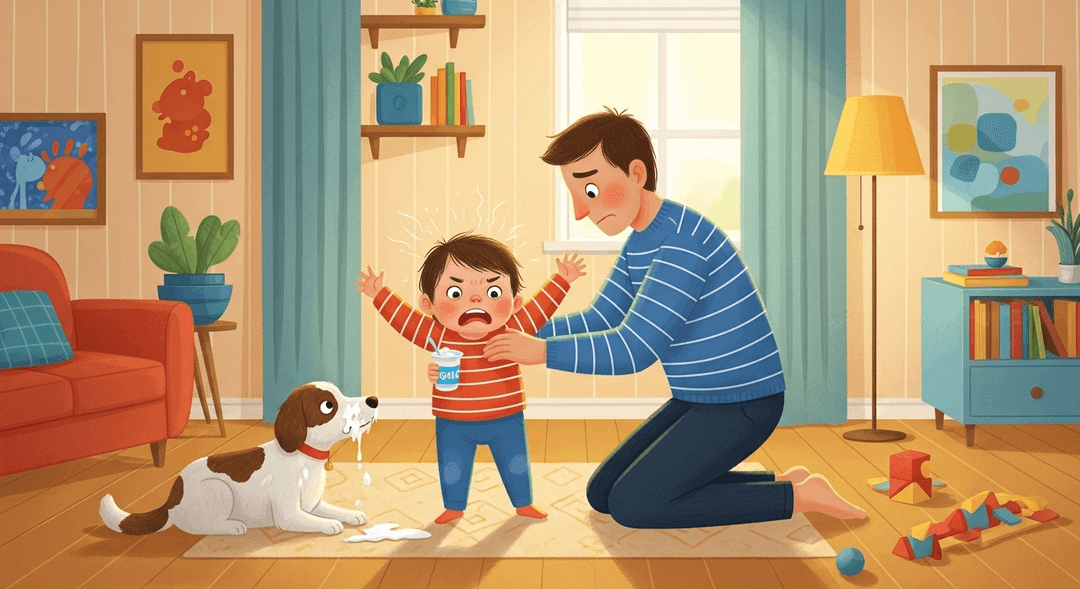Validate Your Child's Emotions While Guiding Their Behavior
Ever tried to stop your kid from painting the dog with yogurt, only to be met with a meltdown that would impress even the most seasoned opera singer? This is for you, the parent who wants to say, 'I get it, you’re mad,' without also saying, 'Sure, go ahead and draw on the walls.' If you’ve ever wondered if there’s a way to survive the emotional hurricane *and* keep your house standing—pull up a chair.
When you validate your child’s emotions, their brain gets the memo that feelings are safe and normal—which helps wire them for better emotional regulation later (hello, future therapy savings!). It also builds trust, reduces the drama over time, and teaches kids that boundaries aren’t the enemy—they’re just part of the deal.
How to do it
-
Get down on their level—literally. Squat if you have to (yes, even in Target).
-
Name what you see. For example:
"You look really sad that playtime is over." -
Reflect the feeling. Say something like:
"It’s hard to stop when you’re having fun." -
Set the limit. Gently but firmly state:
"But it’s bedtime now." -
Offer a choice or a hug. Avoid launching into a long explanation or lecture about consequences.
Key Tips:
- Stay calm and take deep breaths—this is self-care for you, too.
- Use simple, clear language.
- Repeat these steps as needed; consistency helps.
- Empathy goes a long way—acknowledge their feelings before moving on.
